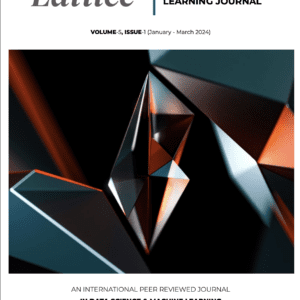Enhancing Taxpayer Risk Prediction through LLM- Driven Profile Tuning
Explore more from ADaSci
Abstract
Predicting taxpayer risk is a crucial task for government financial departments worldwide. While traditional methods have automated the identification of potentially risky taxpayers, their effectiveness is diminishing due to two significant challenges: the persistent use of outdated algorithms in the face of rapid advancements in generative Artificial Intelligence (AI) and Large Language Models (LLMs), and the absence of a standardized metric to distinguish genuine taxpayers. In response to these challenges, this research introduces an innovative approach centered around LLMs for taxpayer risk assessment.
Our methodology begins by integrating taxpayer transactional data into predefined templates, allowing us to harness the power of LLMs to generate comprehensive natural-language profiles for each taxpayer. These profiles serve as rich representations of the taxpayer’s financial behavior and history. We then employ these profiles to fine-tune expansive pre-trained LLMs, enabling us to make nuanced and accurate risk predictions.
Preliminary evaluations of our approach against established baselines have demonstrated its superior performance. By leveraging LLMs, we can uncover hidden patterns and insights that traditional algorithms often overlook. Our approach not only enhances the accuracy of risk assessment but also provides a deeper understanding of taxpayer behavior, enabling financial departments to make more informed decisions.
This research underscores the transformative potential of LLMs in the realm of financial oversight. As the field of AI continues to advance, our approach opens new avenues for exploring AI-driven fiscal governance. By embracing LLMs and their ability to process vast amounts of data, financial departments can stay ahead of evolving taxpayer behaviors and emerging risks, ultimately ensuring the stability and integrity of government finances.
In conclusion, this research represents a significant step forward in the field of taxpayer risk prediction. It demonstrates the adaptability of LLMs in handling complex financial data and highlights the need for modernizing taxpayer risk assessment methodologies in governmental financial departments. As AI technologies continue to evolve, embracing these innovations will be crucial for maintaining effective fiscal governance in an ever-changing financial landscape.
Access The Research Paper:
-
 Lattice | Vol 5 Issue 1₹1,716.00
Lattice | Vol 5 Issue 1₹1,716.00







